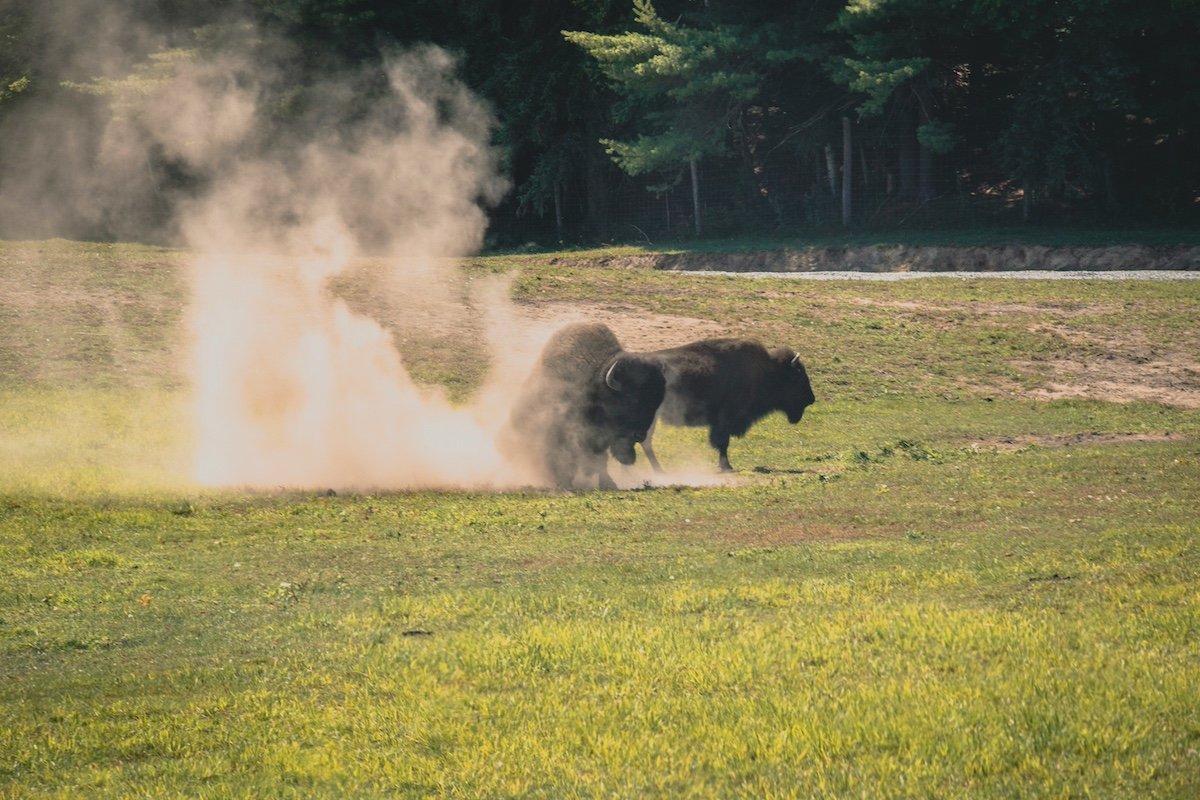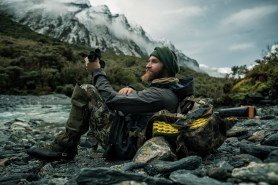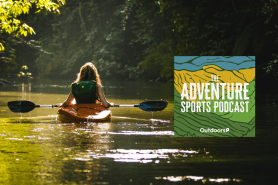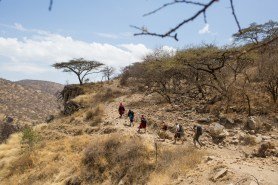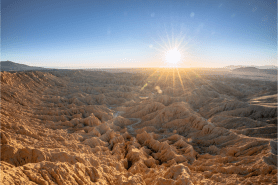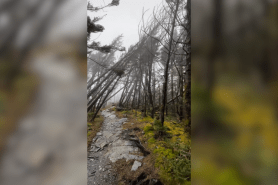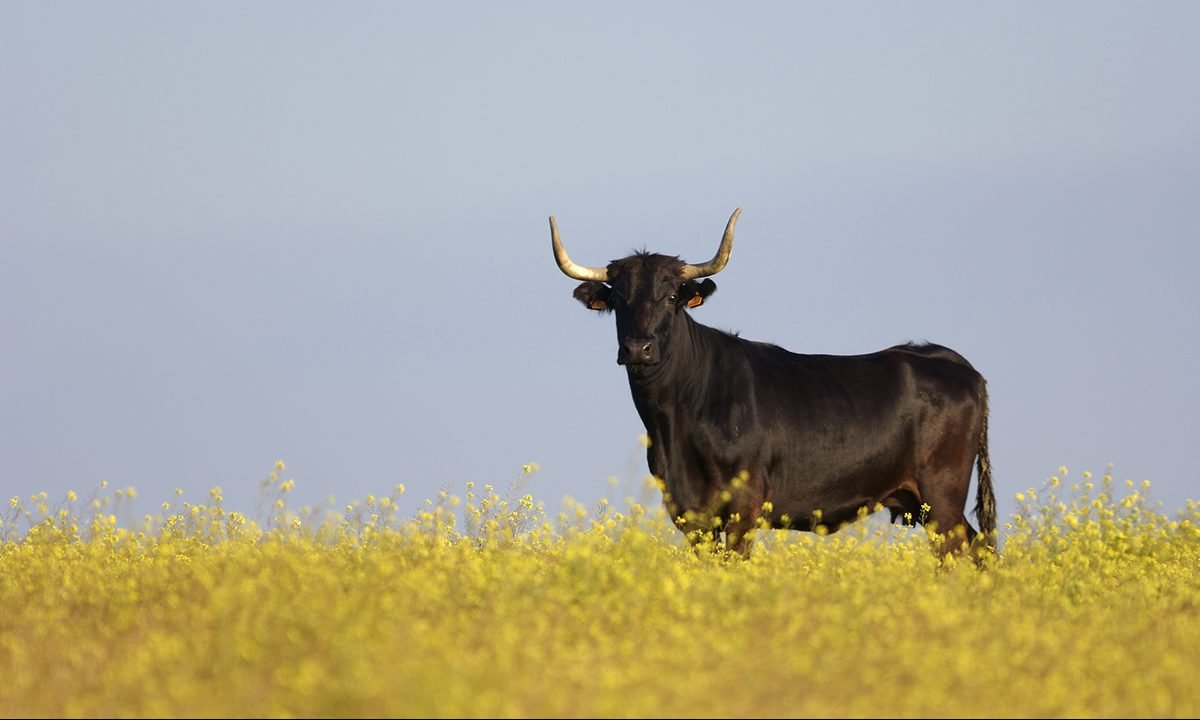

Bear Grylls has met lots of dangerous mammals in his years in the wild. While the good news is that most of them are not actively out to hunt humans, many species have been known to kill and eat humans, especially if they feel surprised, feel threatened or are taking care of their young.
Here’s Bear’s advice on what to do – and what not to do – if you meet the following ten dangerous animals in the wild:
Avoid contact with black bears
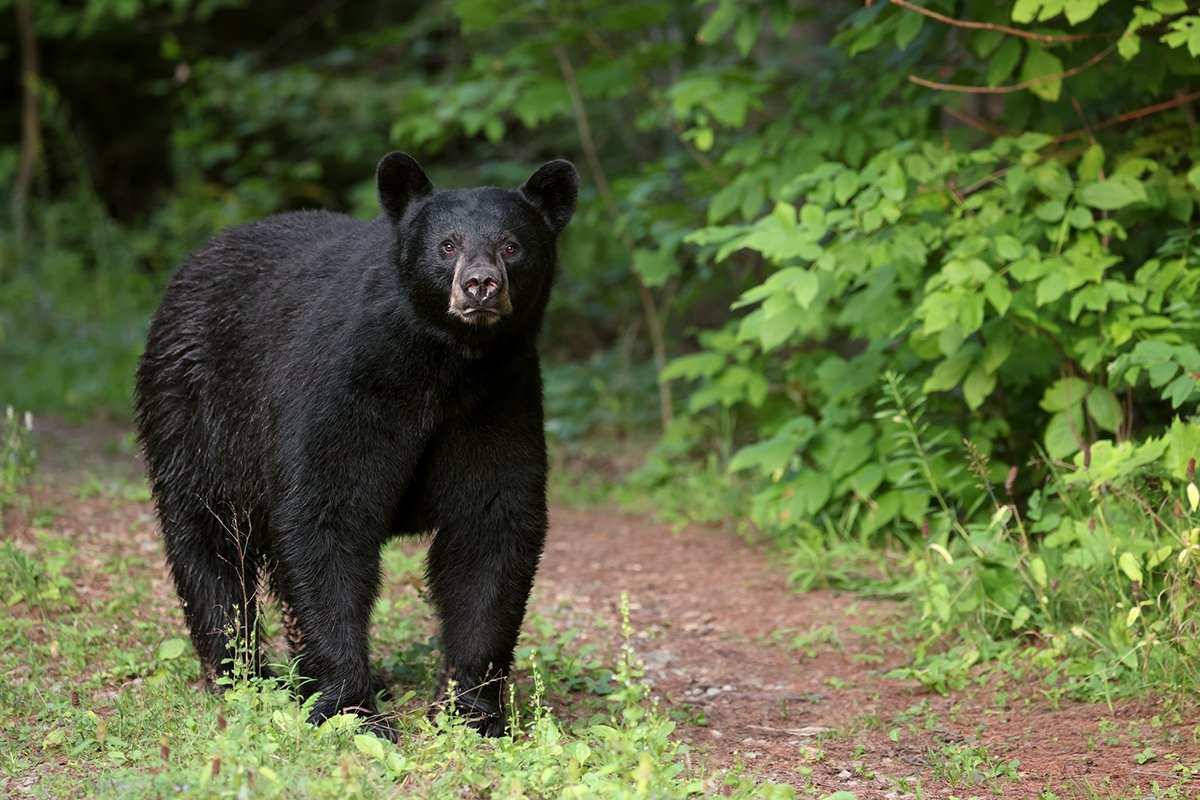
Black bears are found all over the forests of North America, and American black bears are medium-sized and smaller than brown bears. They do not usually attack humans but you should always avoid contact with them – as hungry bears, or those who are used to human contact, are the most dangerous. If camping in the wild, make sure to keep your food safe from bears.
What to do if you meet a brown bear
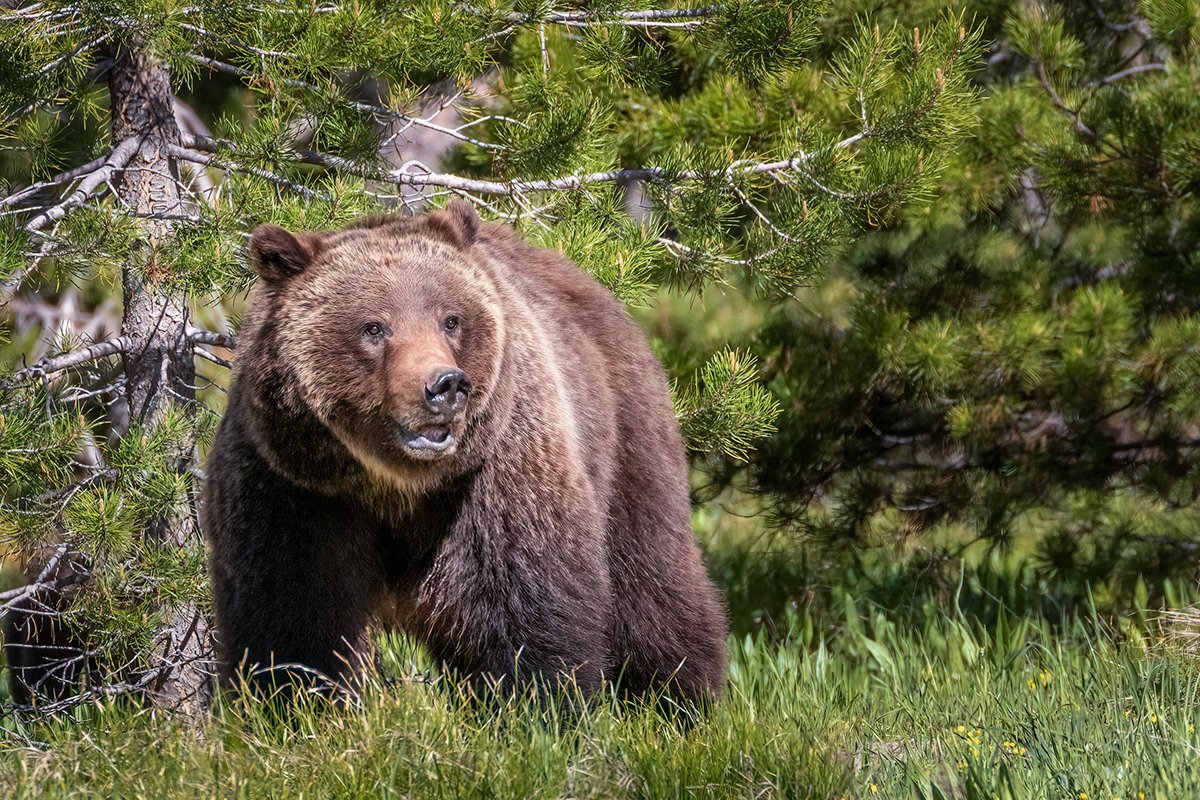
These are larger and more dangerous than black bears. They are unpredictable, and will attack a human if they feel threatened or surprised. A mother will also attack if protecting her cubs. If you are in bear country, Bear Grylls says to always carry bear spray. “If attacked, protect the back of the neck and play dead,” says Bear.
Why you should avoid meeting a polar bear
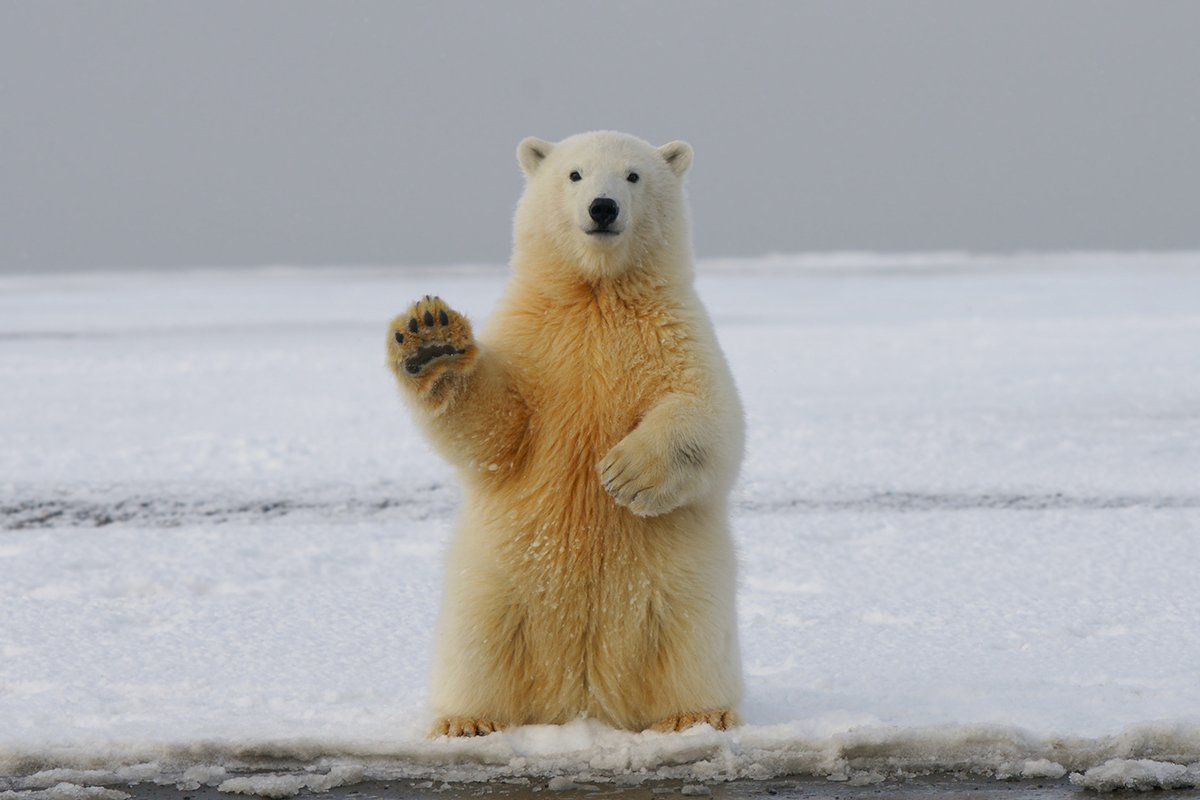
Hungry polar bears will stalk, kill and eat a human, and it is difficult to escape from them, so contact should be avoided. The one advantage you have over a black, brown, or polar bear is your brain,” says Bear in How to Stay Alive. “Think smart and keep calm, and you’ve got a chance of getting out alive.”
What not to do if you see a bull
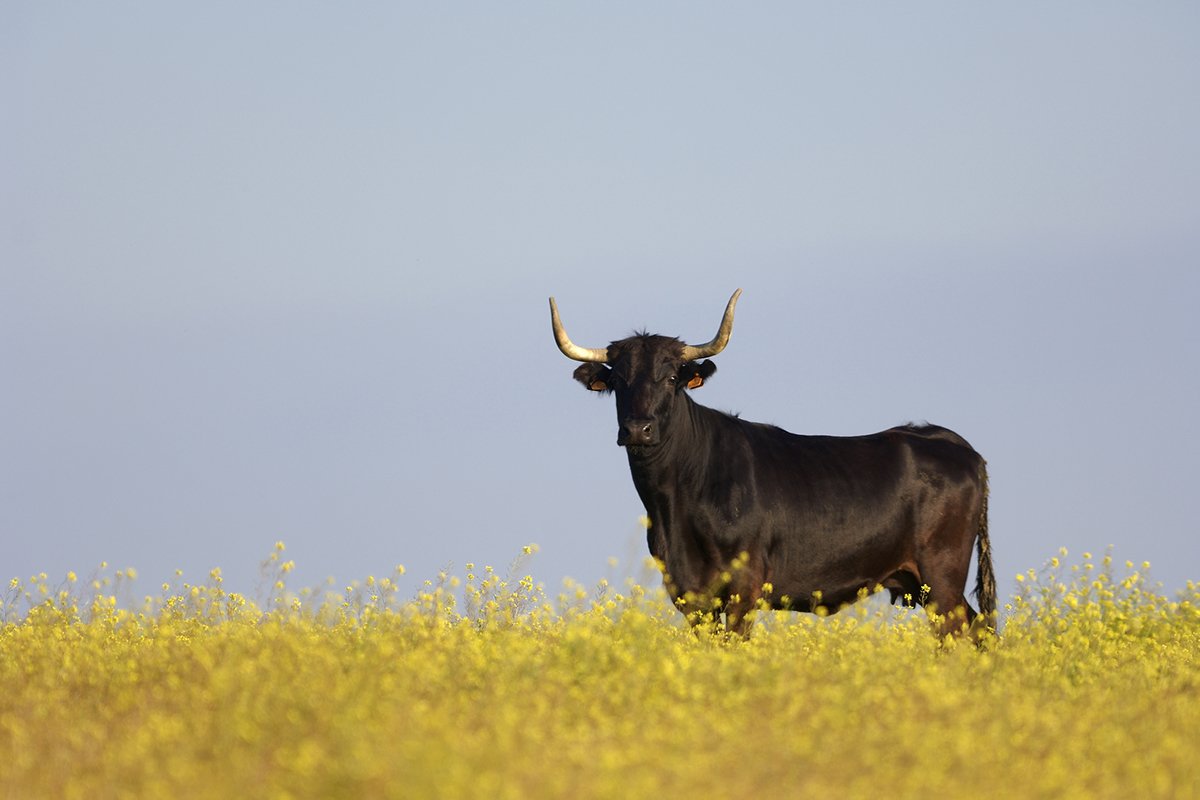
Meeting a large bull in a field on a country walk can be very frightening. Don’t turn your back on a bull, especially if it has its head lowered or is pawing the ground. The best thing to do is to back away slowly from the bull.
Why you don’t want to provoke a rhinoceros
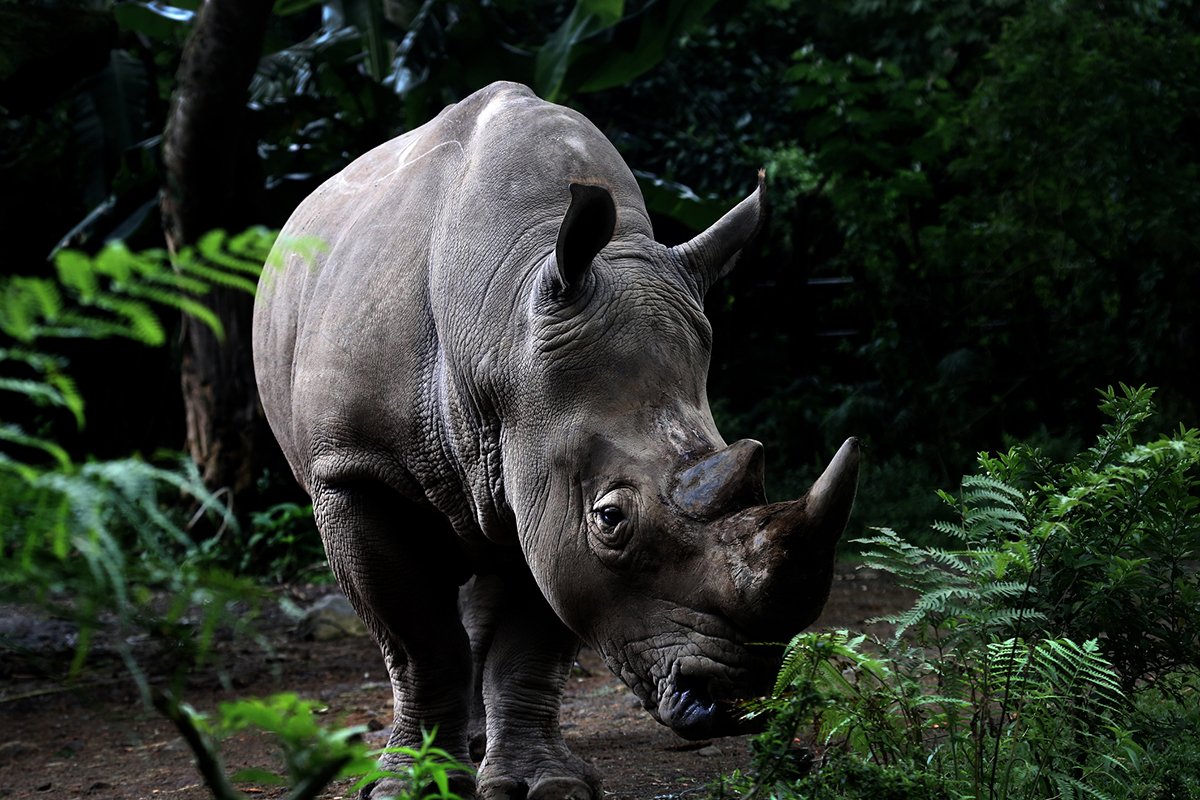
Rhinos will do whatever they can to avoid a perceived threat and this includes charging – even if they are not provoked. They are huge and do not have great eyesight, but they have great hearing and a good sense of smell, so they can panic if they hear unusual sounds or smell something unusual. Don’t ever surprise or approach a rhino.
Why you should not anger a hippopotamus
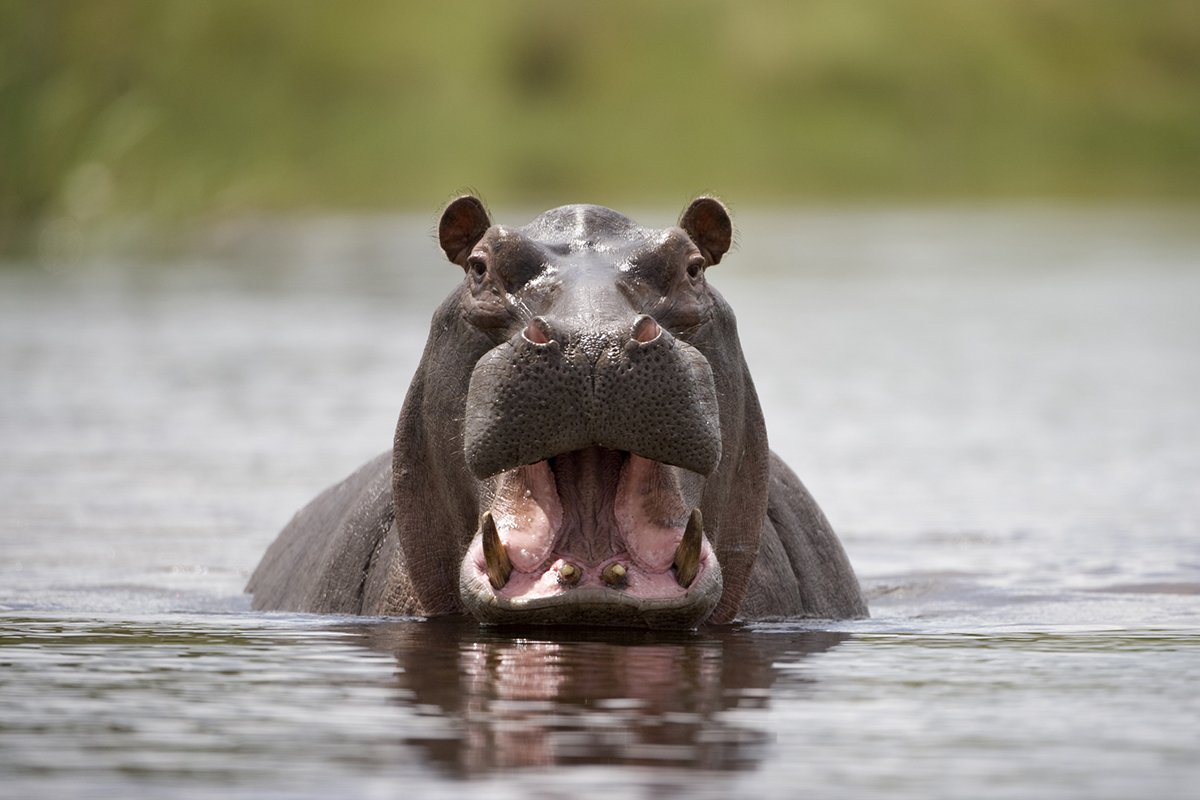
The hippopotamus is the most deadly land animal on earth – and is responsible for killing around 500 people a year in Africa. They can also lurk underwater. Don’t surprise a hippo or a hippo calf, and if you see a hippo yawning, this might mean it’s getting into attack mode, so you need to get out of there.
Why you should be cautious in tiger-country
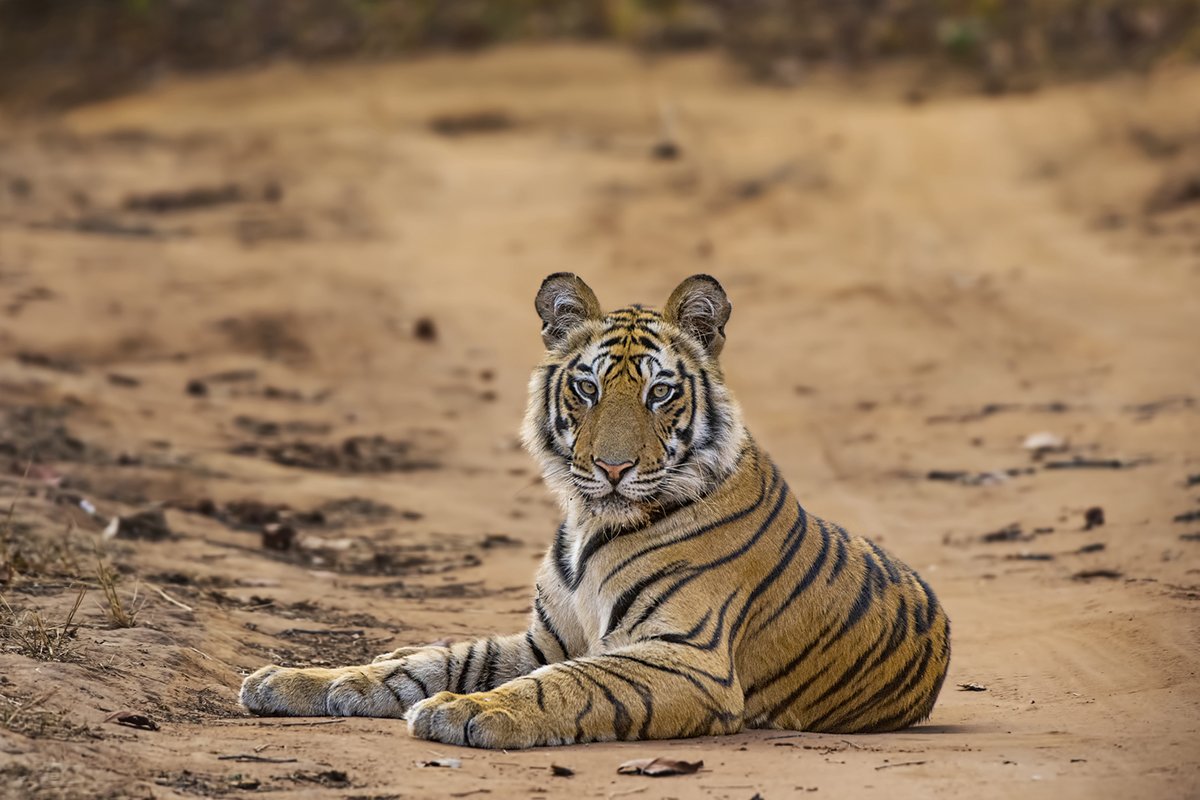
This is the largest species of cat, and while they don’t normally hunt humans, there are man-eating tigers. If you see one, remain calm, and rather than running away, back away slowly. You can also try to repel a tiger by making noise.
What to do if you see a mountain lion
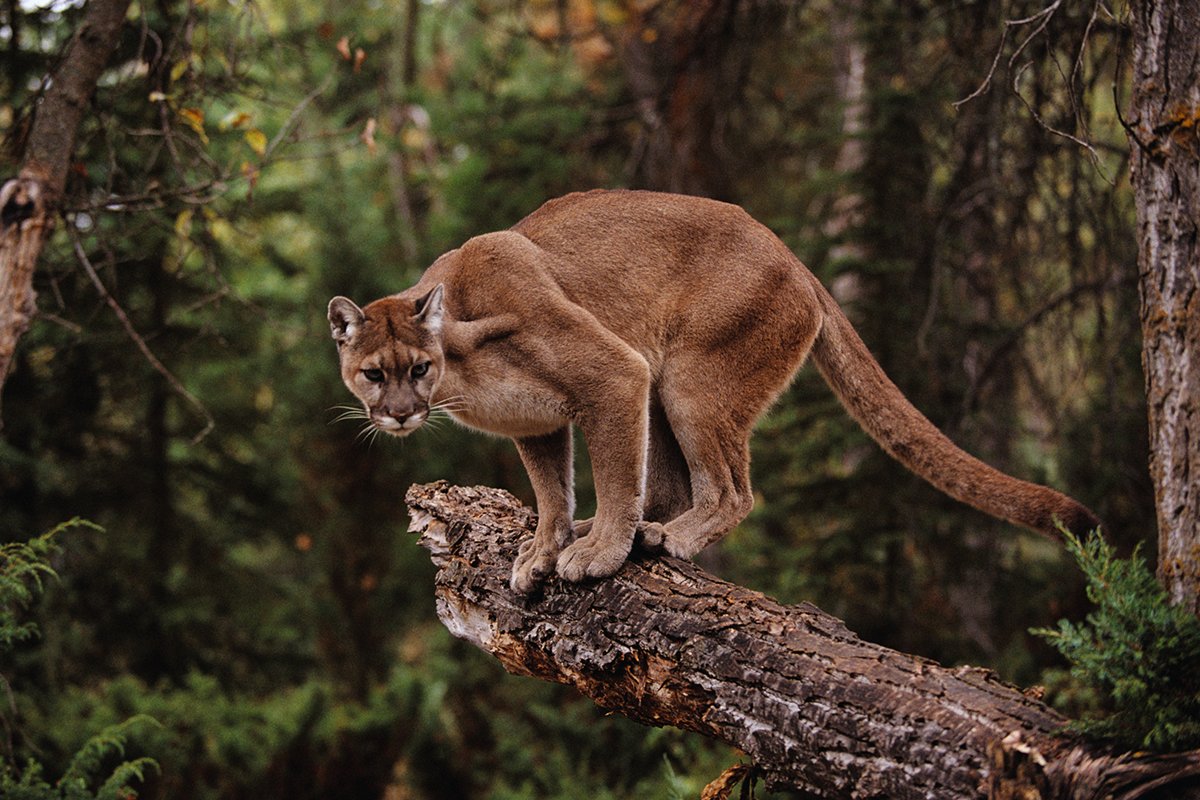
Like tigers, lions do not usually hunt humans but hungry lions can hunt and kill people. As with a tiger, if you see a lion, always remain calm and do not run. Retreat slowly and do not turn your back on the lion.
What not to do in leopard country
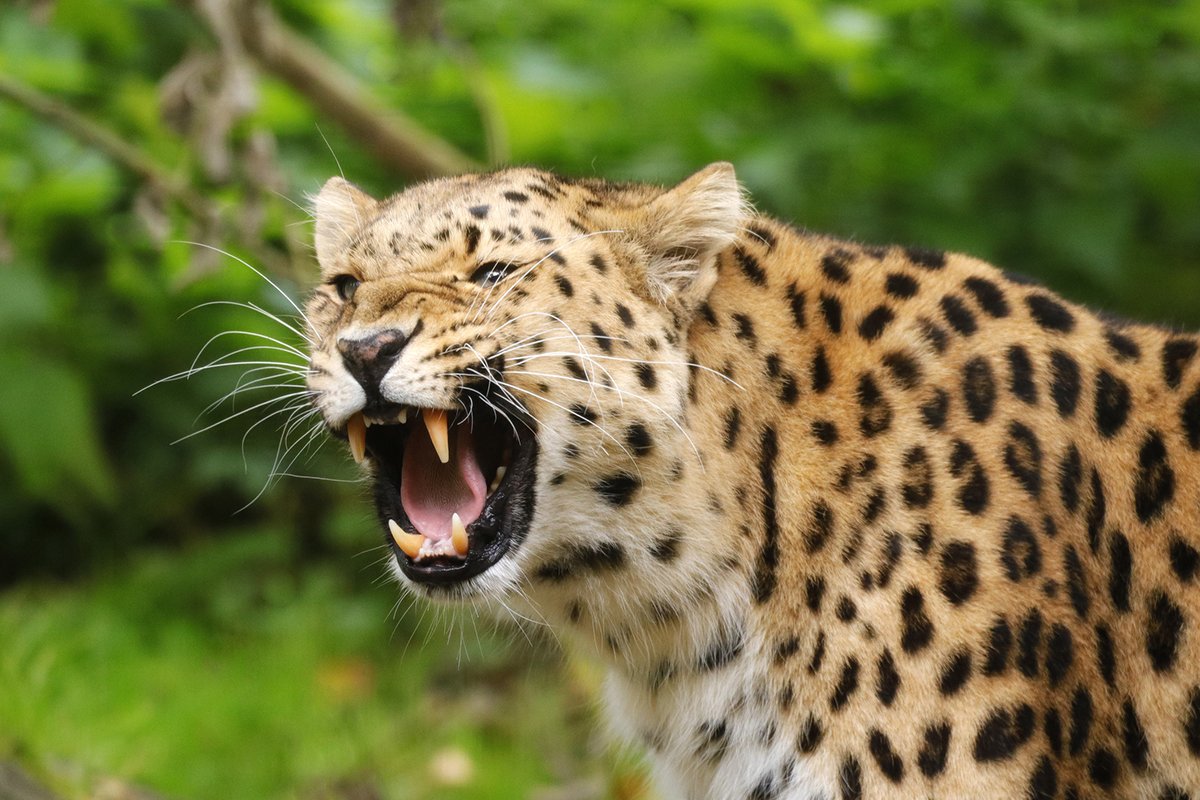
Leopard attacks on humans are rare however have been known to happen. Stay alert if you are in leopard country, do not travel in the dark, and do not crouch down. Don’t go near leopard cubs or approach a leopard, who may attack if they feel threatened.
What to do if you encounter a pack of wolves
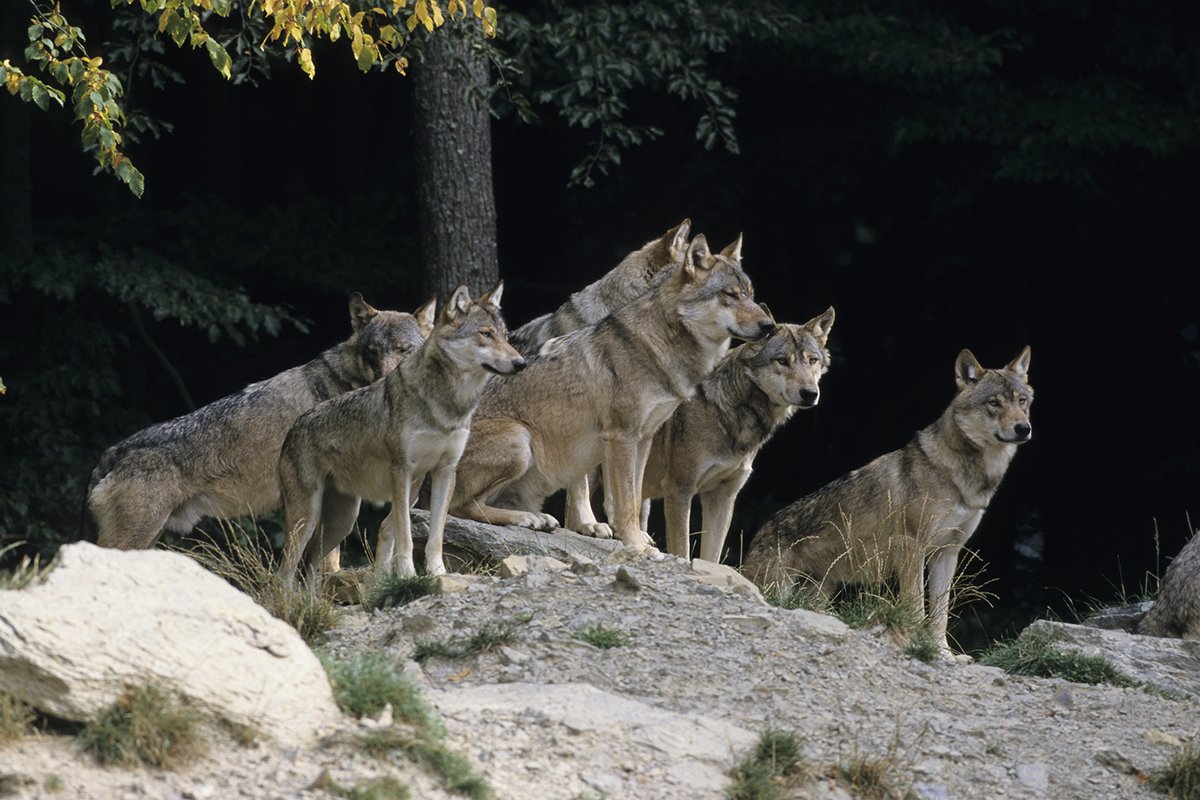
Wolf attacks on people are rare, but they can happen and wolves also carry rabies. Some of the things Bear Grylls does when he meets a pack of wolves is to get to higher ground and make himself look as big as possible. “Hold your backpack up or wave your arms above your head,” he says.
